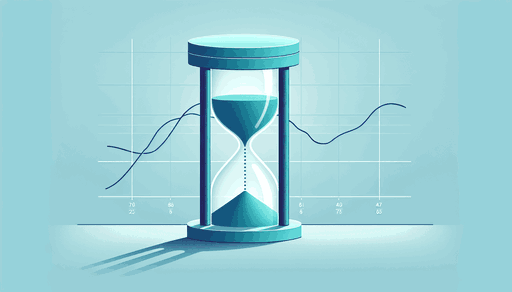Understanding Sequence of Returns Risk: Essential for Retirement Stability
Delve into the significance of Sequence of Returns Risk in retirement planning, its effects, and strategies to mitigate its impact for a secure retirement.

Sequence of Returns Risk is a crucial financial concept in retirement planning, highlighting the risk that the timing of withdrawals from a retirement account can negatively affect the overall rate of return. This risk is particularly significant in the ‘retirement red zone,’ the period just before and just after retirement.
Understanding Sequence of Returns Risk
This risk materializes when individuals start withdrawing from their investment portfolios during market downturns. Unlike general market risk, sequence risk uniquely impacts those in the retirement phase. Withdrawing funds during a market low means selling more assets to maintain income levels, accelerating the depletion of the retirement portfolio.
Impact on Retirement Savings
- Early Retirement Years: Negative returns early in retirement disproportionately affect the longevity of retirement savings by reducing the remaining portfolio’s growth potential.
- Retirement Lifestyle Impact: Such an impact can necessitate adjustments in retirement lifestyle or even extend working years to compensate for the reduced portfolio value.
Mitigating Sequence of Returns Risk
- Diversification with a Bucket Strategy: Allocating assets in ‘buckets’ based on the timing of needs helps to buffer against market volatility.
- Withdrawal Rate Strategies: Modulating withdrawal rates during market downturns can preserve the portfolio.
- Cash Reserves: Maintaining a cash buffer minimizes the need to sell investments at a loss during downturns.
- Annuities or Guaranteed Income Products: Providing stable income streams, these products can offset the impact of market conditions on retirement funds.
A Closer Look: Practical Illustration
Imagine a retiree with $1 million in savings primarily in the stock market. If the market declines by 20% in the first year of retirement, combined with regular withdrawals, this could significantly reduce the portfolio’s value. For example, withdrawing $40,000 on a reduced portfolio of $800,000 (post-market drop) represents a 5% withdrawal rate, potentially unsustainable in the long term. This scenario contrasts sharply with the same market drop occurring later in retirement when a smaller proportion of the portfolio is withdrawn annually.
ProjectionLab and Sequence of Returns Risk
ProjectionLab allows you to simulate different market conditions and withdrawal strategies, helping to visualize the impact of sequence of returns risk on retirement savings. By using these simulations, you can plan effective strategies to mitigate this risk, ensuring a more stable and secure retirement. Learn how to manage sequence of returns risk with ProjectionLab.